Thai Nguyen Party Congress: Industry and construction to make up 61 per cent in 2025
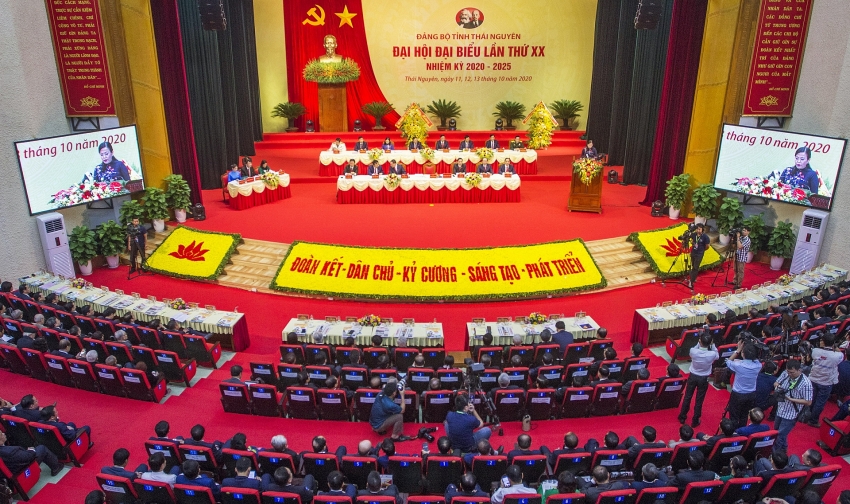 |
| The 20th Party Congress of the northern province of Thai Nguyen |
To be held on October 11-13, the three-day Congress will decide the important issues of socioeconomic development in the next five years in the province.
In her opening speech, Nguyen Thanh Hai, Secretary of the provincial Party Committee, said that the Party Congress is an extremely important political event, setting out the important policies and orientations for future development.
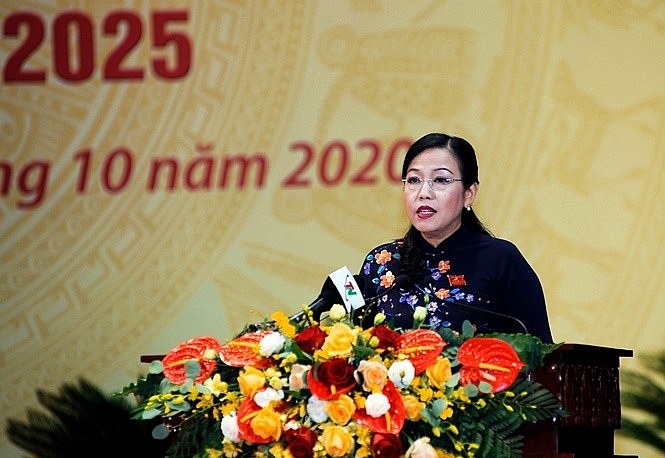 |
| Nguyen Thanh Hai, Secretary of Thai Nguyen Party Committee |
"The province aims to increase the GRDP per capita to VND150 million ($6,520) by 2025, and develop Thai Nguyen into one of the modern industrial and economic hubs in the northern mountainous and the midland regions by 2030,” she added.
The Congress focuses on four key tasks, including reviewing the performance of the resolution of the 19th Party Congress (the term of 2015-2020), setting targets, orientations, and tasks for the 2020-2025 term; discussing and gathering ideas for the documents of the 13th National Party Congress; and selecting the new Party Executive Committee for 2020-2025.
As expected, the Party Executive Committee for the term of 2020-2025 will have 51 members.
Addressing the Congress, Deputy Prime Minister Pham Binh Minh said that Thai Nguyen should consider its advantages and shortcomings to soon deal with them.
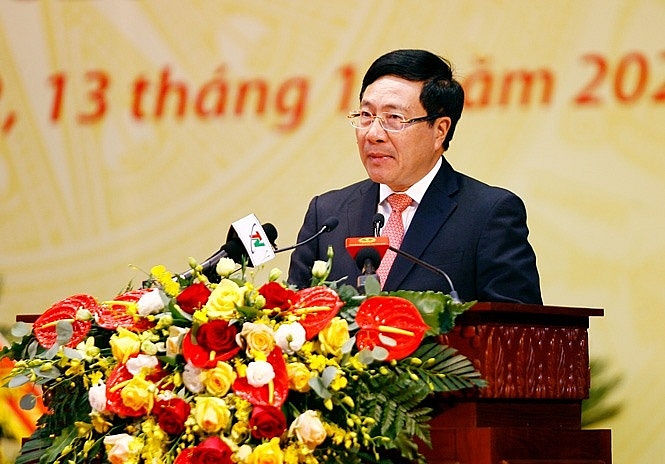 |
| Deputy Prime Minister Pham Binh Minh |
“The province should focus on the development of socioeconomic infrastructure, pay due attention to regional links, restructure agriculture to increase added value and sustainable development, and develop infrastructure for high-tech agriculture, positioning it as a spearhead of the economy,” he stressed.
Future targets and tasks for 2020-2025
The province sets some key tasks and targets for the new term, including a GRDP growth of 8 per cent a year on average. Regarding the economic structure in 2025: industry and construction will make up 61 per cent, while services 31 per cent, and agro-forestry-fishery 8 per cent.
During the 2015-2020 period, the province’s industrial production value grew by 9 per cent per year on average. The value of agro-forestry-fishery production increased 3.5 per cent annually while local export value rose at least 7 per cent and GRDP per capita in 2020 reached VND90 million ($3,910).
Moreover, by the end of 2025, the province targets to have 90 per cent of schools meeting national standards and increasing trained workforce to 75 per cent.
It also targets reducing the number of poor households by at least 1 per cent per annum on average, and ensure forest coverage of 46 per cent.
Thai Nguyen also aims to improve the business climate to increase its attraction to domestic and foreign investors.
The highlights in 2015-2020
Assessing the previous five-year performance, Bui Xuan Hoa, permanent Deputy Secretary of the provincial Party Committee, said that all 19 targets were fulfilled. Specifically, the GRDP grew 11.1 per cent per year on average (the target was 10 per cent).
Through five years of effort, industry and construction made up 59 per cent of the province's economy, while services accounted for 31 per cent and agro-forestry-fishery for 10 per cent.
During the period, the province’s industrial production value grew 16.3 per cent per year on average. The agro-forestry-fishery production value increased 4.5 per cent annually. Local export value rose 13.1 per cent and GRDP per capita in 2020 reached VND90 million.
During the span, the party leaders have worked out and issued policies and solutions to mobilise resources for socioeconomic development. Investment attraction has been strengthened and the business environment has been improved through the implementation of many key projects, greatly contributing to the local socioeconomic development.
Remarkably, in 2015-2020, the province lured in over 90 projects. Socioeconomic infrastructure has been strongly developed, while labour productivity has continued to increase, thus creating a foundation for economic growth and ensuring labour security and improving people’s physical and spiritual life.
Despite the achievements, there remain some shortcomings and weaknesses that the province needs to soon deal with. In particular, the economy grew but not in a sustainable manner while the technological expertise of local businesses remained limited. Meanwhile, the local supporting industry had yet to develop synchronously with other industries.
The province has also not unlocked the full potential of the service sector, especially tourism services. At the same time, investment attraction in agriculture and rural development was less efficient than planned.
The province has yet to develop strong brands for its agricultural products, and a distribution network from production to sales for some farm produce.
Moreover, the development of industrial parks and industry clusters remains sluggish, while investment in the development of infrastructure connecting industrial parks and industry clusters has yet to meet demand.
In addition, the training quality at some vocational training establishments remains low, especially the training of the professions that require high-tech. Labour skills have yet to meet the requirements despite recent improvements.
What the stars mean:
★ Poor ★ ★ Promising ★★★ Good ★★★★ Very good ★★★★★ Exceptional
Related Contents
Latest News
More News
- Protect what’s next: towards a future free from meningococcal group B disease (December 05, 2025 | 18:00)
- New ILO report offers policy recommendations for disability inclusion (December 04, 2025 | 15:18)
- Maternal job loss may affect children’s mental health, research shows (December 03, 2025 | 19:11)
- Women lead Vietnam’s shift to climate-resilient agriculture (December 03, 2025 | 19:10)
- Experts highlight unpaid care work as key barrier to gender equality (December 03, 2025 | 15:15)
- Opportunities and inequalities for women workers in Vietnam's garment industry (December 03, 2025 | 09:00)
- Vietjet flights carry love to devastated central region (November 28, 2025 | 11:35)
- New initiative to boost the fight against domestic violence (November 26, 2025 | 10:00)
- South Korea funds IOM relief for Vietnam’s typhoon-affected communities (November 24, 2025 | 15:33)
- AI and human-centred values set to shape the future of HR in Vietnam (November 21, 2025 | 18:04)

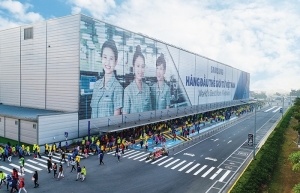
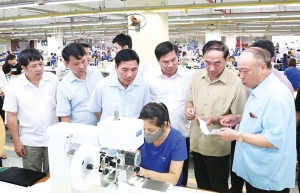
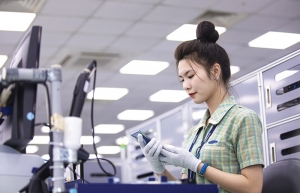
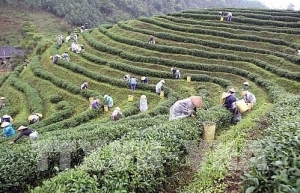
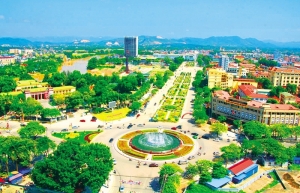
 Tag:
Tag:























 Mobile Version
Mobile Version